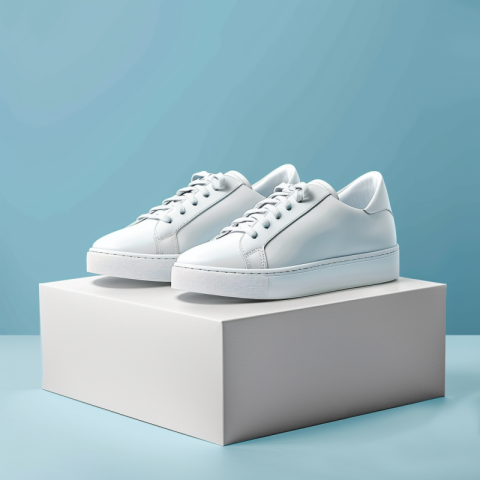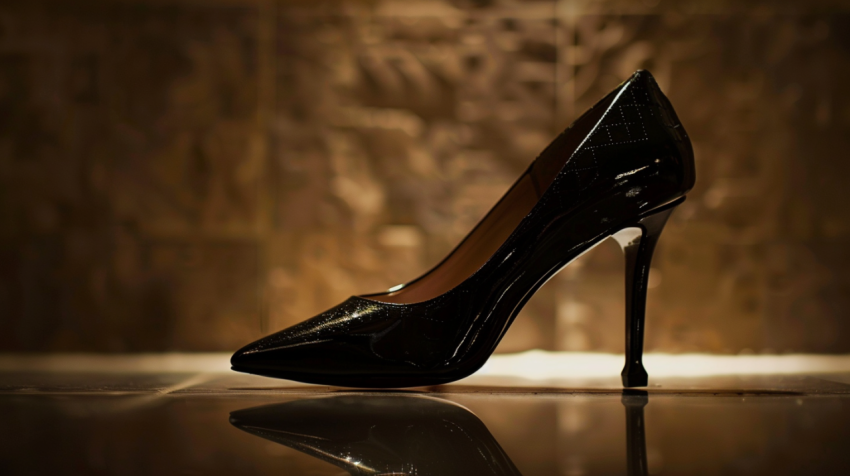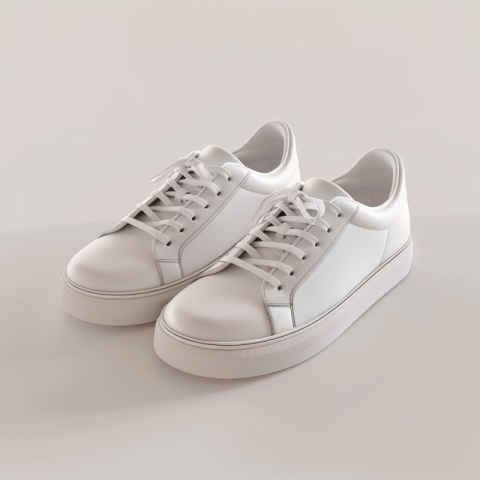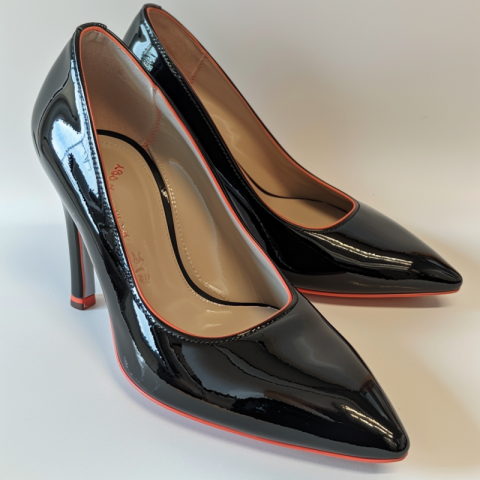











Footwear: From Essential Function to High Fashion Statement
Footwear, encompassing all types of shoes, boots, sandals, and other coverings for the feet, serves both practical and aesthetic purposes. Throughout history, footwear has evolved from simple protective coverings to complex expressions of style, status, and cultural identity. From the earliest sandals made of woven fibers to the high-tech sneakers of today, footwear reflects our changing needs, technological advancements, and ever-evolving fashion sensibilities.
1. The Early Days of Footwear: Protection and Practicality
- The earliest forms of footwear were likely simple sandals made from readily available materials like plant fibers, animal hides, and wood.
- Archaeological evidence suggests that humans have been wearing some form of footwear for at least 40,000 years.
- Ötzi the Iceman, a well-preserved natural mummy from around 3300 BCE, was found wearing shoes made of bearskin and deerskin.
- In ancient civilizations like Egypt, Greece, and Rome, sandals were the most common type of footwear, reflecting the warm climates and the availability of materials like leather and papyrus.
2. The Evolution of Footwear: From Function to Status Symbol
- As societies became more complex, footwear began to take on symbolic meaning, reflecting social status, occupation, and wealth.
- In the Middle Ages, pointed shoes called poulaines became fashionable among the European nobility, with the length of the toe indicating the wearer's rank.
- During the Renaissance, platform shoes called chopines became popular among wealthy women in Venice, elevating their height and showcasing their status.
- The development of shoemaking as a specialized craft led to the creation of more elaborate and decorative footwear styles.
3. Types of Footwear: A Style for Every Occasion
The world of footwear offers a vast array of styles, each designed for different purposes, occasions, and personal preferences:
- Sandals: Open-toed footwear consisting of a sole held to the foot by straps, typically worn in warm weather.
- Shoes: A broad category encompassing various types of enclosed footwear:
- Dress Shoes: Formal shoes, such as oxfords, loafers, and brogues, often made of leather.
- Casual Shoes: Shoes designed for everyday wear, such as sneakers, boat shoes, and espadrilles.
- Athletic Shoes: Shoes designed for specific sports or physical activities, such as running shoes, basketball shoes, and tennis shoes.
- Boots: Footwear that covers the foot and ankle, and often extends up the leg.
- Ankle Boots: Boots that reach the ankle.
- Knee-High Boots: Boots that reach the knee.
- Thigh-High Boots: Boots that extend above the knee.
- Work Boots: Durable boots designed for manual labor, often with safety features like steel toes.
- Hiking Boots: Boots designed for outdoor activities, providing support and traction.
- Heels: Footwear with a raised heel, ranging from low kitten heels to high stilettos.
- Flats: Footwear without a raised heel, such as ballet flats and loafers.
4. Footwear Materials: From Leather to Synthetics
Footwear is made from a wide range of materials, both natural and synthetic:
- Leather: A traditional and durable material, often used for dress shoes, boots, and some casual shoes.
- Suede: A type of leather with a napped surface, offering a softer, more velvety texture.
- Canvas: A strong, durable fabric, often used for sneakers and casual shoes.
- Rubber: Used for soles and for waterproof footwear like rain boots.
- Synthetic Materials: Materials like polyurethane (PU), ethylene-vinyl acetate (EVA), and various types of mesh are used for their specific properties like water resistance, breathability, and affordability.
5. The Footwear Industry: A Global Enterprise
The footwear industry is a major global industry, encompassing the design, manufacturing, distribution, and marketing of all types of footwear:
- Designers: Create new footwear styles and trends, often working for major brands or as independent designers.
- Manufacturers: Produce footwear in factories around the world, often in countries with lower labor costs.
- Retailers: Sell footwear to consumers through stores, online platforms, and other channels.
6. Footwear and Culture: A Reflection of Identity
Footwear plays a significant role in culture and society:
- Certain types of footwear are associated with specific subcultures or social groups, such as the sneakers worn by hip-hop enthusiasts or the Doc Martens boots favored by punks.
- Footwear can be a form of self-expression, allowing individuals to communicate their personal style and identity.
- In some cultures, footwear has religious or ceremonial significance.
- High heels have often been seen as a symbol of femininity and have had a major impact on women's fashion.
7. The Psychology of Footwear: Making an Impression
Our footwear choices can influence how we are perceived by others:
- Studies have shown that people make judgments about others based on their footwear, such as their personality, status, and even their political leanings.
- Wearing certain types of footwear can also affect our own behavior and confidence. For example, wearing high heels may make a woman feel more empowered, while wearing comfortable sneakers may promote a more relaxed attitude.
8. The Future of Footwear
- Technology is playing an increasingly important role in footwear design and production, with innovations like 3D printing, smart fabrics, and customized footwear.
- Sustainability is becoming a major focus, with brands using recycled materials and exploring more eco-friendly manufacturing processes.
- Footwear is becoming increasingly personalized, with consumers seeking unique and customized designs.
- Athleisure continues to be a dominant trend.
Conclusion:
Footwear has evolved from a basic necessity to a complex and multifaceted aspect of human culture. From the earliest sandals to the high-tech sneakers of today, footwear reflects our changing needs, technological advancements, and ever-evolving fashion sensibilities. Whether for protection, comfort, style, or self-expression, footwear plays a vital role in our lives, shaping our interactions with the world and reflecting our individual and collective identities. As we move forward, footwear will undoubtedly continue to evolve, driven by innovation, changing social values, and the enduring human desire to put our best foot forward.
Footwear, shoes, boots, sandals, sneakers, heels, flats, types of footwear, men's footwear, women's footwear, kids' footwear, history of footwear, footwear trends, footwear brands, footwear designers, footwear industry, shoe care, shoe repair, how to choose shoes, comfortable shoes, stylish shoes, athletic shoes, running shoes, basketball shoes, dress shoes, casual shoes, leather shoes, canvas shoes, online shoe shopping, shoe stores near me, shoe size chart, wide shoes, narrow shoes, orthopedic shoes, sustainable footwear.

